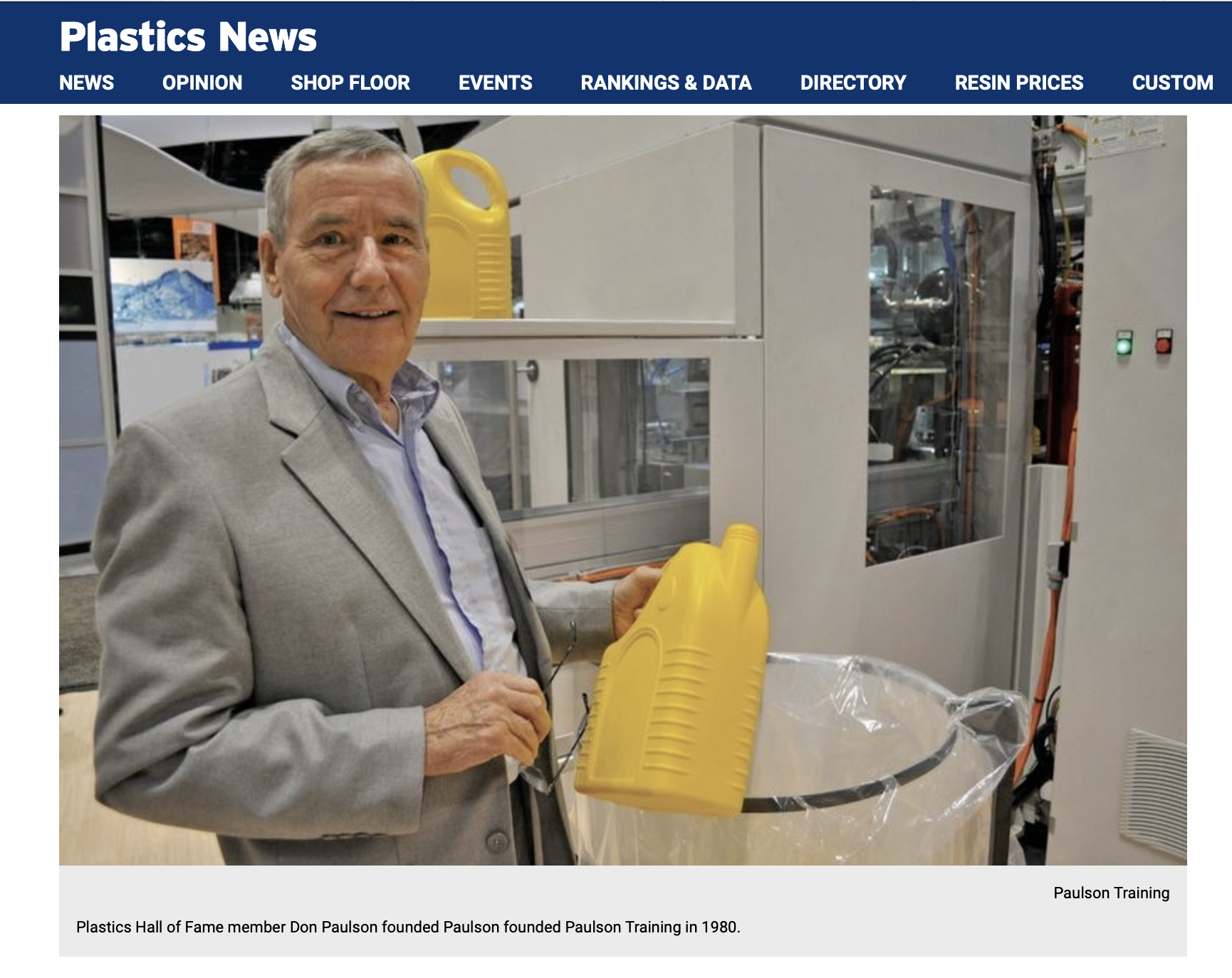 Warp in injection molded parts is caused by uneven stress. There are only 4 primary plastic processing variables in the injection molding process – cavity pressure, melt temperature, fill rate, and cooling rate. All of them can contribute to injection molded part warp but the cooling rate of the plastic in the mold is by far the most important. The general rule is the plastic that cools the slowest shrinks the most.
Warp in injection molded parts is caused by uneven stress. There are only 4 primary plastic processing variables in the injection molding process – cavity pressure, melt temperature, fill rate, and cooling rate. All of them can contribute to injection molded part warp but the cooling rate of the plastic in the mold is by far the most important. The general rule is the plastic that cools the slowest shrinks the most.
Cooling Rate
When the plastic cools in the mold, the molecules move closer together. If the cooling rate is different on the two sides of a plastic wall, the stress caused by cooling will be different and the plastic will try to warp. In a semi-crystalline plastics such as polyethylene or polypropylene, the slower cooling side forms larger crystals. Large crystals shrink more than small crystals. In amorphous plastics such as polystyrene, ABS, PVC the molecules move closer together when they cool. If the cooling rate on opposite sides of a plastic wall is not the same, the shrinkage will be different and this will cause warp. Both types of shrinkage are related to cooling rate of the plastic. On a flat part that warps in the “smiling” 🙂 direction, the top side of the park has shrunk more because it cooled more slowly. On typical molded parts that have side walls, the effects of cooling are more complex. Plastic in the corners cool last and tend to pull the walls inward.
Cavity Pressure
Cavity pressure is always highest near the gate. So plastic in the gate area shrinks less than plastics at the the far end of the part. If a dimensional shrinkage difference down the length of the part is the problem, reduce the plastic viscosity. This will reduce the pressure differences in the cavity. In this case you would also reduce the packing pressure.
Fill Rate
Plastic molecules tend to orient when they flow. Higher flow rate causes more orientation. As the plastic cools the molecules try to get rid of their orientation. But much of the orientation is trapped. These molecules continue to try to shrink. This causes immediate as well as post-molding shrinkage.
Melt Temperature
Changes in the melt temperature affect all of the other primary variables by changing plastic viscosity. Usually the molder will maintain a recommended melt temperature (measure it with a hand pyrometer) and change it last.
We have a complete training program that covers Warp and 10 other injection molding part problems called Injection Molding Part Problems and Solutions.



